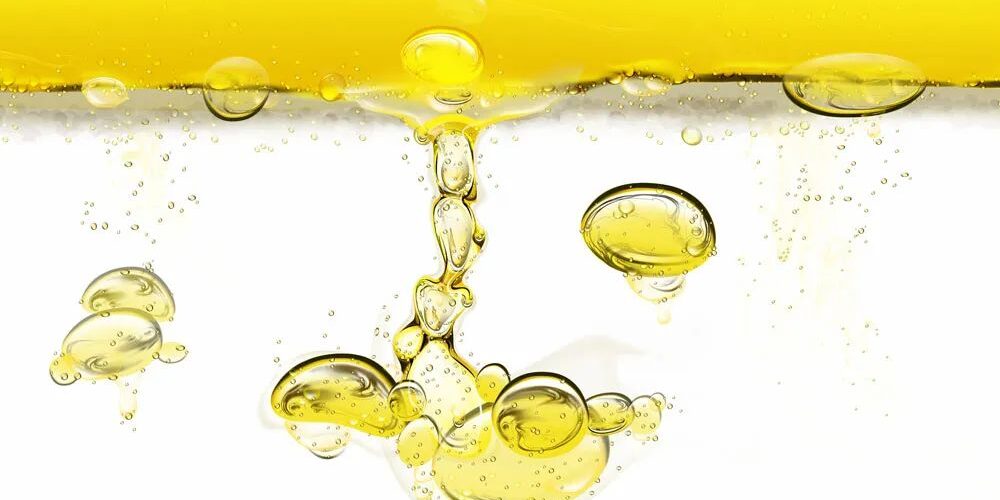How do water-based defoamers prevent the accumulation of foam in industrial processes?
Preventing Foam Accumulation in Industrial Processes with Water-Based Defoamers
The excessive buildup of foam can pose several challenges in industrial processes, often leading to inefficiencies, increased costs, and decreased product quality. Water-based defoamers, due to their unique mechanisms, serve as an effective solution to alleviate these issues. In this section, we will delve into how these defoamers work in preventing foam accumulation in various sectors and their significance in maintaining impeccable industrial standards.
The Role of Water-Based Defoamers in Industrial Processes
Foam generation during industrial processes might seem like an innocuous phenomenon, but it can be quite troublesome. Depending on the process, foam can take up essential working space, lead to product overflow, cause pump cavitation, disrupt fluid flow, or impede the transfer of heat or mass.
This is where water-based defoamers come into play. The purpose of a water-based defoamer is not to eliminate foam entirely, but to control its amount and keep it within acceptable levels that do not hinder industrial processes. They do so by inhibiting the formation of foam and by breaking down any foam that does form.
The mechanism by which water-based defoamers function primarily lie in their ability to reduce surface tension and promote the rapid dispersion of gas bubbles, as elucidated in the previous sections. These abilities allow defoamers to promptly identify and rupture foam bubbles as they form, thus preventing foam buildup.
Industrial Applications of Water-Based Defoamers
Water-based defoamers find applications across an array of industries. Below are a few examples of how these substances prevent foam accumulation in specific industrial sectors:
1. Paint and Coatings Industry: In the production of paints and coatings, water-based defoamers prevent the formation of air bubbles during substantial high-speed mixing. The presence of these bubbles could affect flow properties, drying behavior, gloss, and stability, leading to an inferior finish and poor coating performance.
2. Water Treatment Plants: Water treatment processes often generate a lot of foam, especially during aeration. This foam can cause overflow and pump issues. Water-based defoamers help alleviate these issues by mitigating the formation of foam.
3. Food and Beverage Industry: In various food and beverage manufacturing processes, unwanted foam can lead to inefficiencies and product inconsistency. Water-based defoamers help maintain control over foam levels, ensuring efficient processing and consistent product quality.
4. Oil and Gas Industry: In oil and gas extraction processes, foam can impair the rate of oil production by blocking pipes and preventing the easy flow of oil. Water-based defoamers enable smooth process flow by breaking down and preventing the formation of foam.
In conclusion, water-based defoamers play a crucial role in maintaining the efficiency of various industrial processes by averting excessive foam buildup. Their usage results in improved product quality, decreased process-related issues, and increased overall productivity.
FAQ
-
What challenges can foam pose to industrial processes?
- Foam can occupy essential working space, lead to product overflow, disrupt fluid flow, cause pump cavitation, and impede the transfer of heat or mass, leading to process inefficiencies and increased production costs.
-
How do water-based defoamers function in industrial processes?
- These defoamers work by diminishing surface tension and encouraging the rapid dispersal of gas bubbles. They spot and rupture foam bubbles as soon as they form, inhibiting foam accumulation.
-
What are some of the industrial applications of water-based defoamers?
- Water-based defoamers are widely used in the paint and coatings industry, water treatment procedures, food and beverage production, and the oil and gas industry.
-
Are water-based defoamers used to eliminate foam completely?
- No, the role of water-based defoamers is to control the amount of foam, keeping it within acceptable levels that don’t impede industrial processes.







